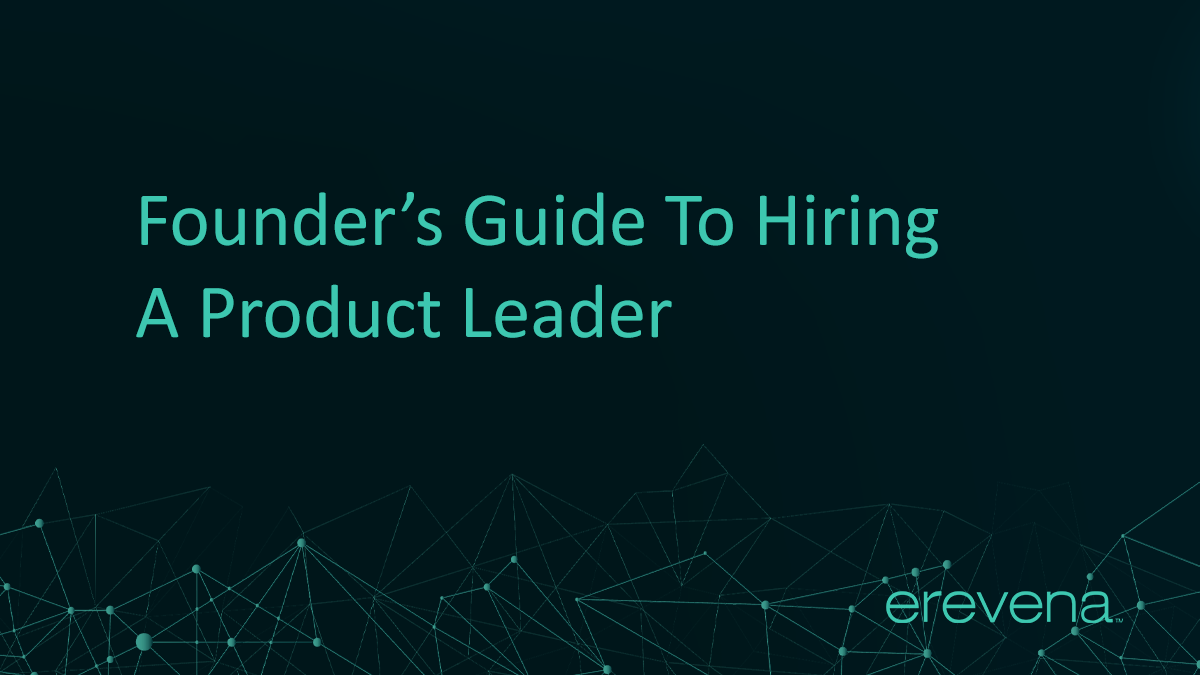1) Consider augmenting vs replacing a founder where possible. Transitions are usually more successful if there is a time for a founder to get to know and trust a successor and remain engaged in the business on topics playing to their strengths. If you can add a President or COO, this is always worth considering as a first step.
2) Understand your strategy – you hire a CEO for a 5-year view, so be able to zone in on what that company needs to achieve in that period. That should give you clues about domain knowledge they may need to have; geographical knowledge that would help; stage and situational relevance. Take the long list of desirables down to the things that “must get done” to really understand and define what success looks like going forward.
3) Be realistic about the asset – CEO change is totally situational and different CEOs enjoy different situations. A growth CEO is different from a “change to grow” CEO, different again from a “distressed/ turnaround CEO”. Stage and company and investor complexity / ownership structures also make a big difference. Be honest about the challenges to find the right fit; be clear as a Board on what you think the problem you are solving for is.
4) Create a Nominations committee – you need to organise yourself as a Board to operationalise the process. Who is going to lead (not everyone please!). Some of that can be defined by who really is the decision maker on the cap table; or it can sometimes be the most available/ organised board member. But someone should Chair the Nominations Committee at Board level, and they will need to drive the process internally and externally in that role. That includes communicating within the business when members of the Executive are asked to participate in the process as part of the interview panel. The Chair of the nominations committee needs to act as the operational client.
5) Create an attractive proposition – no external CEO will join a business that has 3 months of runway; and it’s fair to say also that shopping for an “immediately available” CEO option really narrows your pool, so forward planning is essential. For good CEOs there will be an expectation that they will have enough runway in a business to deliver necessary change and prepare for future fundraising. Appropriate candidates currently in a role may have long notice periods. Create a plan that gives you both the time to find a great CEO and then capitalise the business, so they have time to be successful.
6) Identify internal candidates – create surety in your talent bench by proactively inviting anyone who is a serious candidate internally to participate in the process and run them through the same process as any external candidates, so they feel fairly treated and considered.
7) Experienced CEOs vs Step ups. Depending on the scale of the business there will be sometimes less vs more experienced CEOs available for consideration. The pool of candidates in Europe for a £20m vs £50m vs £100m business is considerably different, so be mindful that setting a brief for an already successful CEO will reduce your pool. Also consider whether the situation requires an experienced CEO vs someone stepping up. Experience can be tremendous but there are merits to candidates who for whom the role is a step forward in their personal journey. Consider the complexity of the challenge and the complexity of the Board dynamics in discerning what you may need, and what may trip first time CEOs up.
8) Define a clear set of requirements agreed by the Board and then test these competencies through a well organised process. Think about characteristics (e.g. Strategic Thinker, Operator, Leadership Style, Fundraising experience, Values Fit) and create an interview process that dives on specific topics so that a deeper picture is built up through the interview process. Think about how you share feedback, so your understanding of a candidate progresses and deepens through a process and builds on questions that come out of previous rounds.
9) Assessment and Referencing. Ensure that you have a full 360 view of your candidates, including informal and formal referencing from Board, reports, peers. Assessments can be valuable – there a lot of different providers, including Hogan assessments through to more bespoke studies that you can consider.
10) Consider also adding a Chair. A CEO is one part of the solution. You can build mentorship and experience into the organisation through independent NEDs too.
Share this article:












